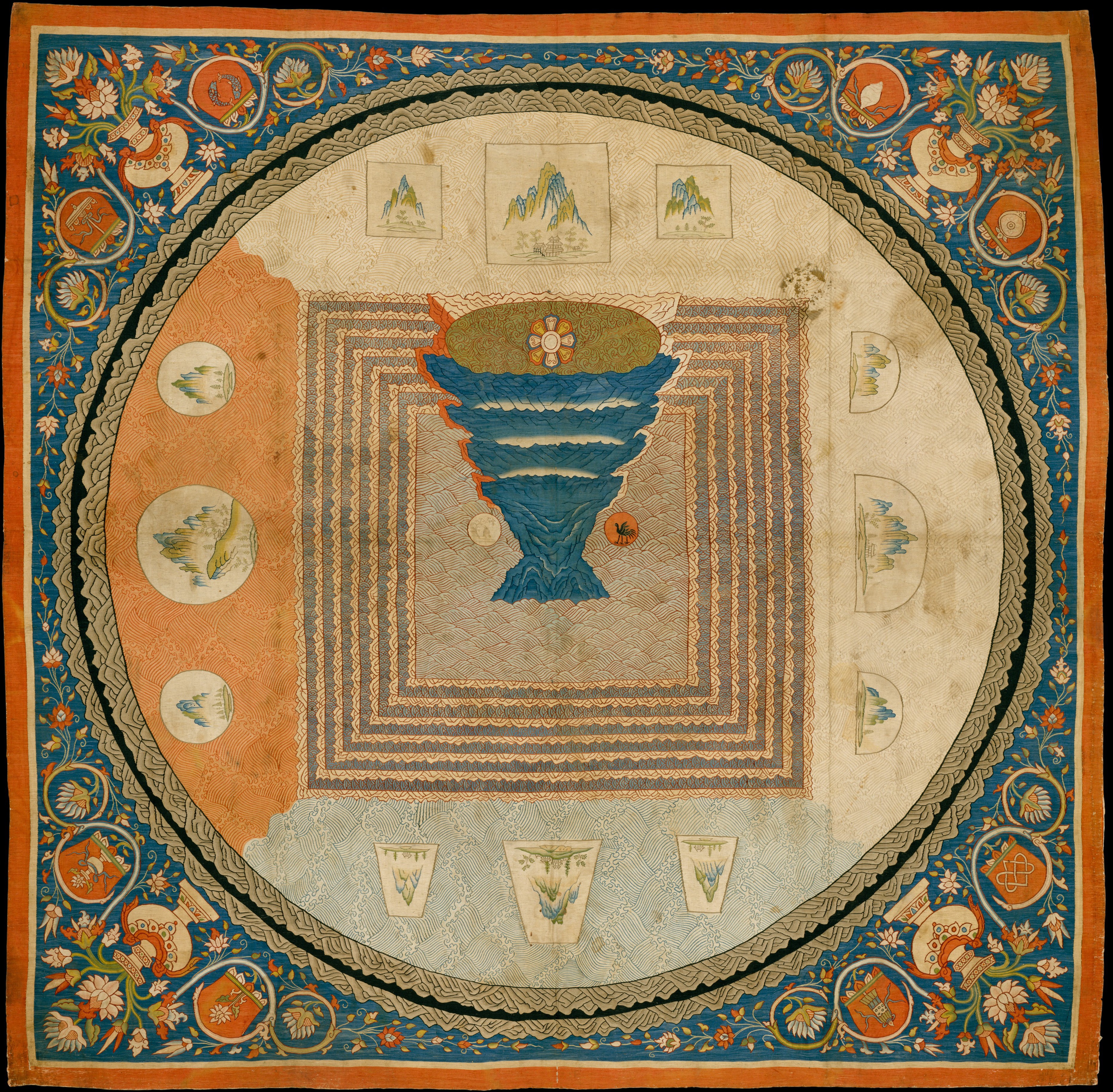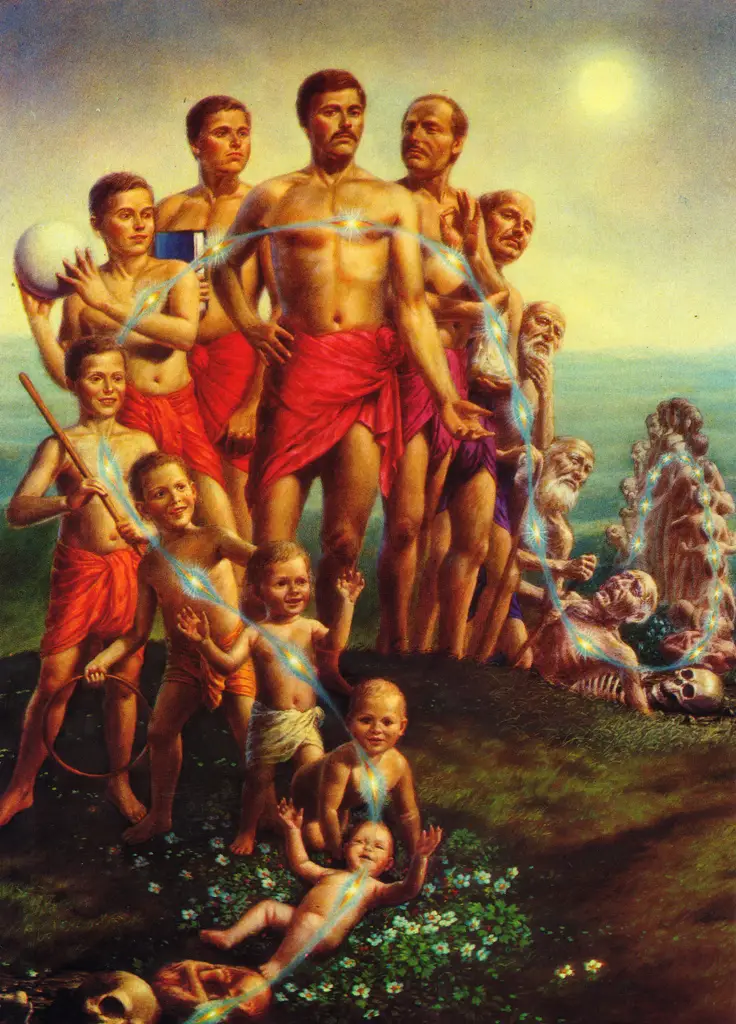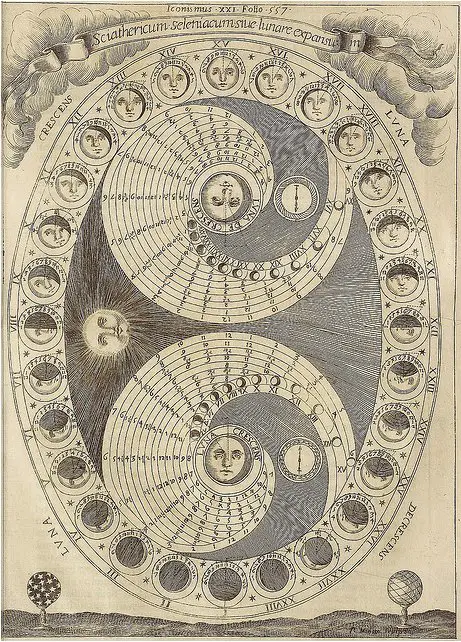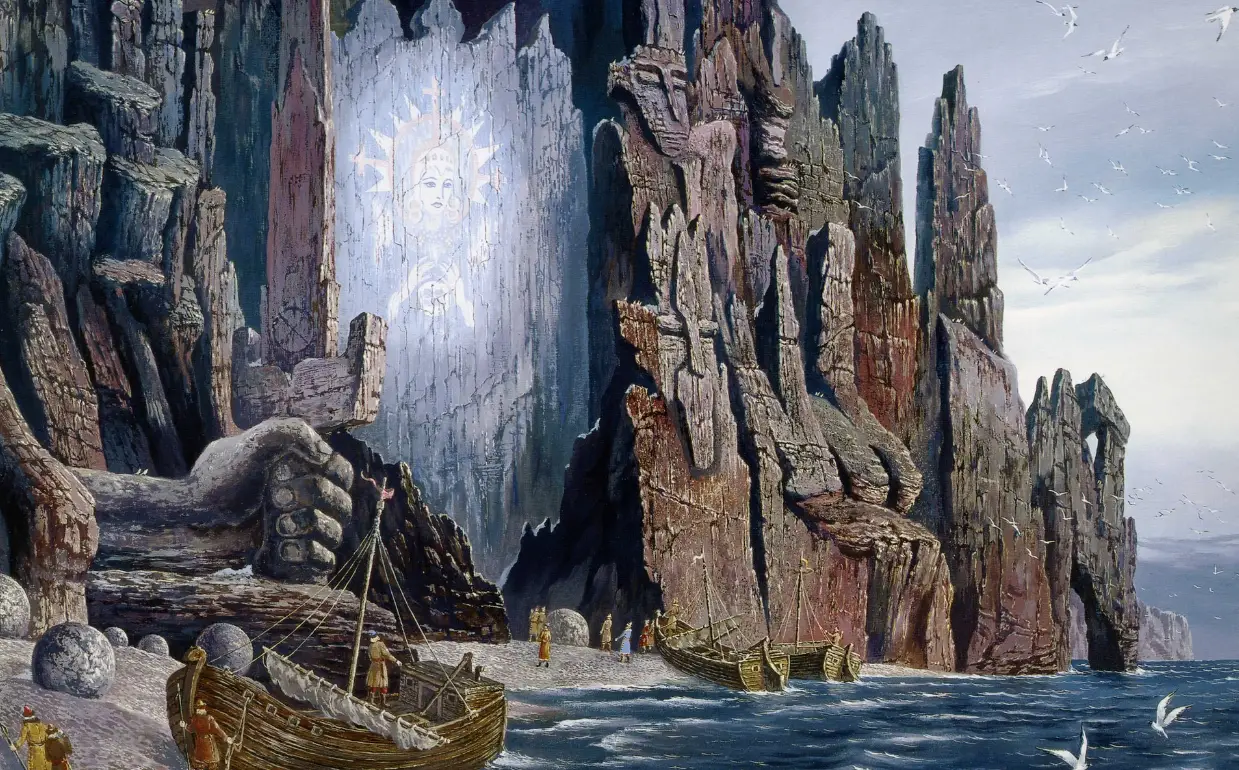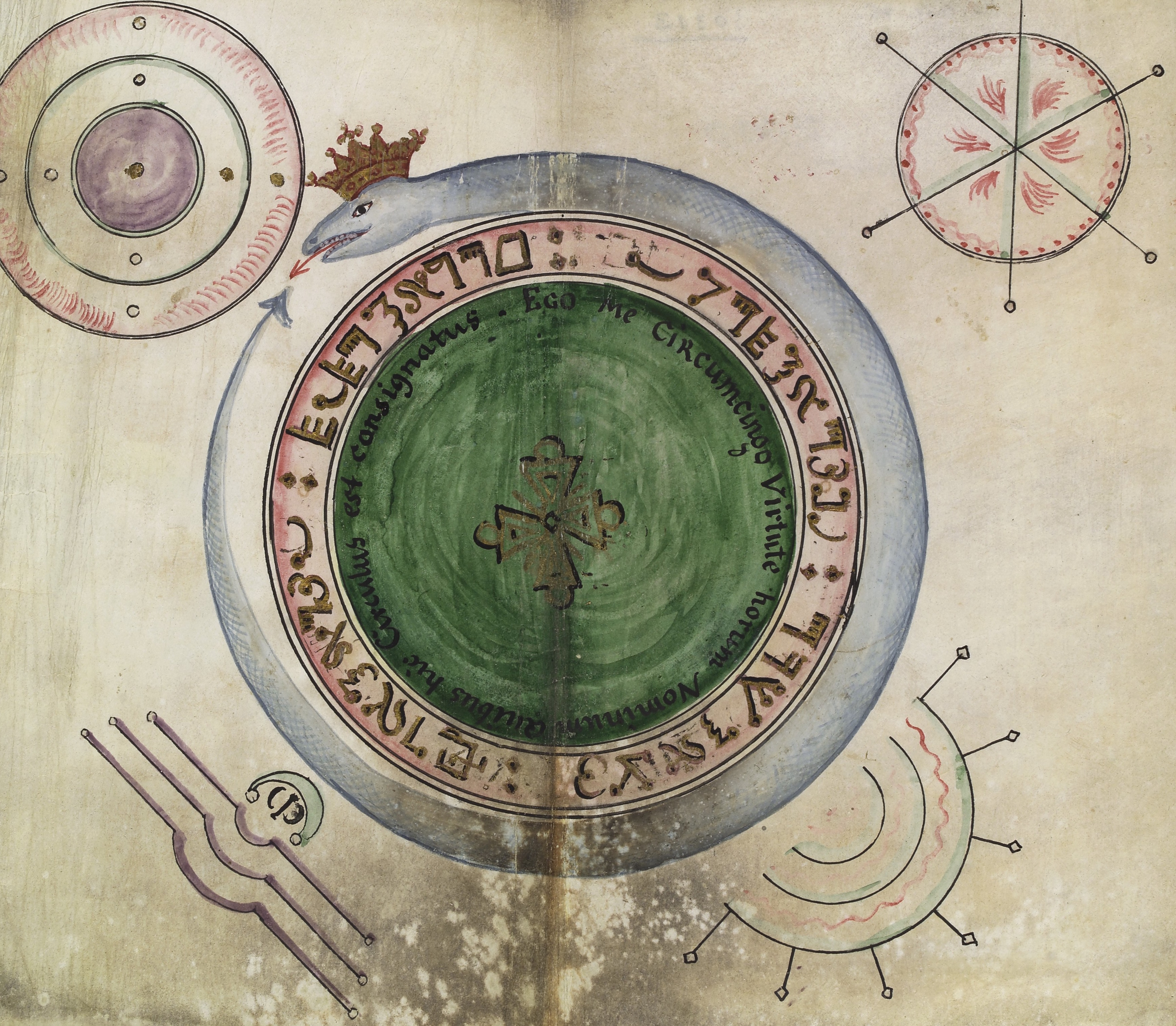Tag: Yuga
Towards “TimeWave Zero”: Psychedelia and Eschatology in Terence McKenna
In addition to being one of the "prophets" of the psychedelic Counterculture of the second half of the last century, Terence McKenna was able to build, in the course of thirty years of studies and experiments, a real eschatological system for the Third Millennium, in view of final explosion, based on the recovery of shamanic practices, on a new interpretation of the Sacred as "Mysterium Tremendum" and on the vision, beyond the ordinary dichotomy between life and death, of what he called an "Ecology of Souls".
Uttara Kuru, the Boreal Paradise in Indian cosmography and art
Giuseppe Acerbi examines the theme of the Boreal Paradise in the Hindu tradition, framing it in the doctrine of cosmic cycles and highlighting its correspondences with the Hesiodic and Platonic tradition, finally analyzing the symbolisms that are found in the artistic representations of this locus amoenus.
The Eternal Man and the Cosmic Cycles
The specificity of man between evolutionary hypothesis and involutionary perspective: immersed in the cycles of the Cosmos, yet perennially equal to himself.
The double spiral and the double movement of emanation and reabsorption of the cosmos
di Marco Maculotti
cover: phases of the moon, taken from "Ars Magna Lucis et Umbrae" by Athanasius Kircher, 1646
In the first essay of this column on the theme of the symbolism of the spiral and the "cosmic rebirth" [cf. The symbolism of the Spiral: the Milky Way, the shell, the "rebirth"] we dwelt on the esoteric meanings of the spiral symbol and the closely related ones of the Milky Way and the shell. In this second appointment we aim to analyze the symbol of the double spiral from an even more 'cosmic' perspective, with regard to the traditions that convey this symbol to concepts concerning the creation (or rather, the emanation) of the cosmos and its reabsorption. We will begin our discourse by examining the Indian Brahmin tradition and comparing it with the Tantric śivaist one of Kashmir, and then analyzing the points of contact, from a religious syncretism point of view, with that — distant in terms of time and space — pre-Columbian of the Nahua-Aztec peoples.
Arctic homeland or "Mother Africa"?
di Michael Ruzzai
cover: Vsevolod Ivanov
Summary of the conference held on Friday 24 February 2017 at Trieste.
After the previous meeting on "The ancient roots of the Indo-Europeans"Of 27/1/2017 also this, which took place thanks to the organization of Daniele Kirchmayer, was introduced by the useful and interesting notes of Fabio Calabrese, who provided a first overview of the issues in question, insisting in particular on strong conformism, ideologically oriented, of current prehistoric research. In fact, as a starting point for the conference, we can certainly say that today the academic world, and also the popular one aimed at a wider audience, is based on two assumptions that tend to present themselves as real "dogmas "Of faith, in truth anything but demonstrated: the" ascending "evolutionism in a more general biological perspective, and the Afrocentrism of human origins in that more specifically concerning our species, Homo Sapiens. We will begin by exposing some points of criticism to these two conceptual a priori and then we will move on to illustrate the more properly constructive elements of the discourse.
The ancient roots of the Indo-Europeans
Scattered notes on the origins and position of our ethnolinguistic family within the framework of traditional history. Summary of the conference held on Friday 27 January 2017 at Trieste.
The doctrine of the Eternal Return of the same: from Berosus to Eliade
di Marco Maculotti
Like the same Nietzsche had to recognize in Ecce Homo, the doctrine of the Eternal Return of the same was inspired by the reading of some philosophers of the Stoic current, in particular Zeno of Citium and Cleante of Ace. However, it is probably up to the Chaldean Berosus the first enunciation reached us in the Western context of the doctrine of the "Great Year" and the Eternal Return: the universe is considered as eternal, but it is annihilated and reconstituted periodically every "Great Year" (the corresponding number of millennia varies from one school to another); when the seven planets come together in the sign of Cancer ("Winterfell", the winter solstice of the "Great Year") a deluge will occur; when they meet in the sign of Capricorn ("Great Summer", summer solstice of the "Great Year") the whole universe will be consumed by fire [Eliade 116-7].



